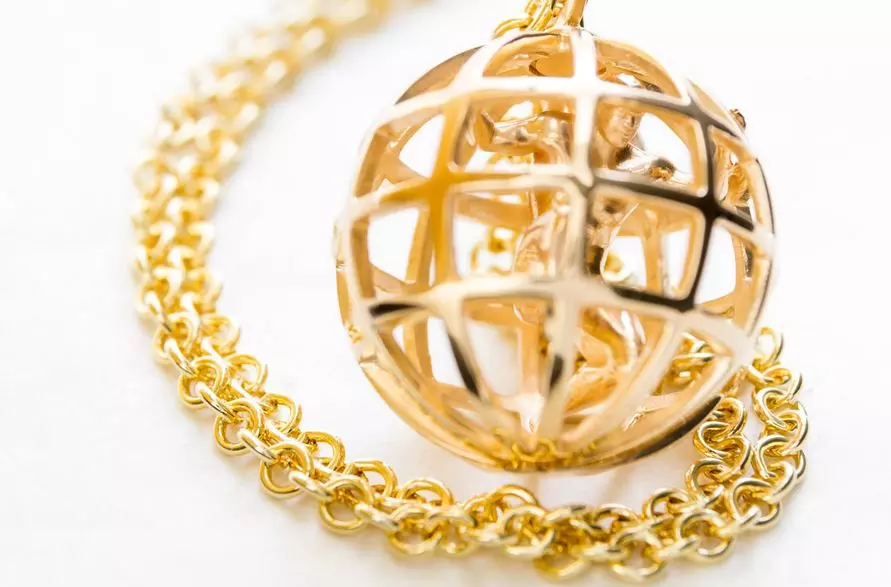Last updated on April 7th, 2022 at 09:10 pm
Learning how to get a certificate of authenticity for your belongings, especially jewelry is very important. Jewelry, artwork, and autographs all require proof of authenticity. The certificate is a piece of paper that certifies that your object is genuine and not a counterfeit. To get your certificate, you’ll need to contact a professional authenticator in your sector.
To establish that your item is genuine, you may need to acquire some proof. While the procedure may be a bit of a pain, it will be well worth it. You will be able to sell your item more simply if you have documentation of its authenticity.
What is a jewelry authenticity certificate, and how do I obtain one?
For more reasons than one, all of your jewelry should have a Certificate of Authenticity. The main purpose of this certificate is to ensure that your jewelry is made of exactly what we claim it is and that the quality and craftsmanship are of the highest standard.
Request a certificate for the stone from the jeweler. A diamond report should be available from most independent jewelers or chain stores. With a legitimate certificate at your disposal from a reputable laboratory, such as the Gemological Institute of America (GIA), proving the stone’s genuineness.
Try your best to get your certificate from a laboratory rather than a proof of authenticity from the jewelry retailer. To make it look legitimate, shrewd jewelers may construct a certificate with fabricated diamond grades.
What is a certificate of authenticity for jewelry?
It is a piece of paper that describes or verifies the nature, characteristics, and worth of jewelry. Gemological laboratories, which act as impartial examiners of gemstones, offer jewelry certifications.
Some labs charge a fee to inspect the attributes and characteristics of each piece of jewelry they receive, after which they provide a report with the findings. Keep in mind that a jewelry certification does not guarantee or validate the high grade of a stone. This certificate just summarizes the qualities of the jewelry and certifies that the stone’s examination was completed by gemologists.
In truth, jewelers refer to such a document as a “diamond grading report,” though most individuals refer to it as a “diamond certificate.” Many jewel labs issue documents called “certificates of authenticity.” However, they normally contain the same data as a jewelry grading report.
How to get a certificate of authenticity for jewelry in the U.S.
Considering they are the most dependable laboratory grading entities, the GIA and AGS are the best options when it comes to getting jewelry certificates.
Therefore, this indicates that you can rely on their grading in all areas, including color and cut quality. Furthermore, some labs conduct more rigorous evaluations than others.
You can trust a GIA or AGS certificate when it comes with a diamond. As a result, we only suggest purchasing diamonds with GIA and AGS certifications.
Some other options to consider include:
- GSI Certification
- EGL Certification
- HRD Certification
- IGI Certification
You’ll need a certificate for your jewels since you won’t know what you’re getting unless you have one. A certification verifies details such as carat weight, cut quality, color grade, clarity, and other factors. You won’t be able to tell if the diamond is real or synthetic without a certificate.
How to get a jewelry certificate of authenticity in the UK
A jewelry certification is an independent assessment of a diamond’s authenticity and parameters, including details like clarity and cut, conducted by gemologists or jewelry institutes.
One of the most reputable jewelry certification organizations in the United Kingdom is listed below:
The European Gemological Laboratory
EGL is an abbreviation for Electronic Graphics Language. A third-party choice is one of the few laboratories that can group grade jewelry products.
The Gemological Institute of America
The Gemological Institute of America (GIA) is a world-renowned independent laboratory that is widely regarded as the industry’s most stringent.
Maintain a reasonable place for your certificate. It offers crucial protection in the event of loss (by assisting in determining the grade and size of diamond required for an equitable replacement), resale, or exchange.
How to check a ring certificate’s authenticity
A Letter of Authenticity may differ from jeweler to jeweler, but there are a few items that are usually included. The very first thing you’ll notice is the piece’s name and the collection it belongs to.
One thing to look out for is the year it was produced, the specifications, and the item code that belongs to the particular jewelry. A genuine Letter of Authenticity will also confirm the materials used in the piece, such as gold or silver, as well as the carat weight and clarity of any diamonds or jewels.
Do all certified jewels have serial numbers?
Serial numbers aren’t found on every jewel. Only diamonds graded by the Gemological Institute of America (GIA) in the United States have a serial number etched on them.
As part of the certification process, the serial number is carved into the jewel and must match the number on the certificate. The GIA has evaluated many respectable jewelers’ diamonds. Diamonds are assessed as loose stones rather than after they’ve been set in jewelry.
Several jewelers who sell jewels and fittings independently have certified jewels, though you can also come across a certified diamond that has already been set. If a jewel with a serial number is significant to you, ask to view the certificate before buying it.
Can jewels be traced?
This depends on whether they have been authenticated or registered. Although it is a welcome idea that jewels can be traced back to their owners, some people may be concerned that their jewels have been engraved.
There’s no need to be concerned because such inscriptions can only be detected by a small number of people using the right instruments.
It is difficult to read the numerals on it. Even a basic jewelry loupe or ordinary lens does not reveal them. To be noticed, they need a lot more powerful gear. The purpose of these engravings is to keep gems safe while preserving their brilliance.





